Alessandro Scarabello
08.01.2020 – 28.02.2020
Exhibition Views
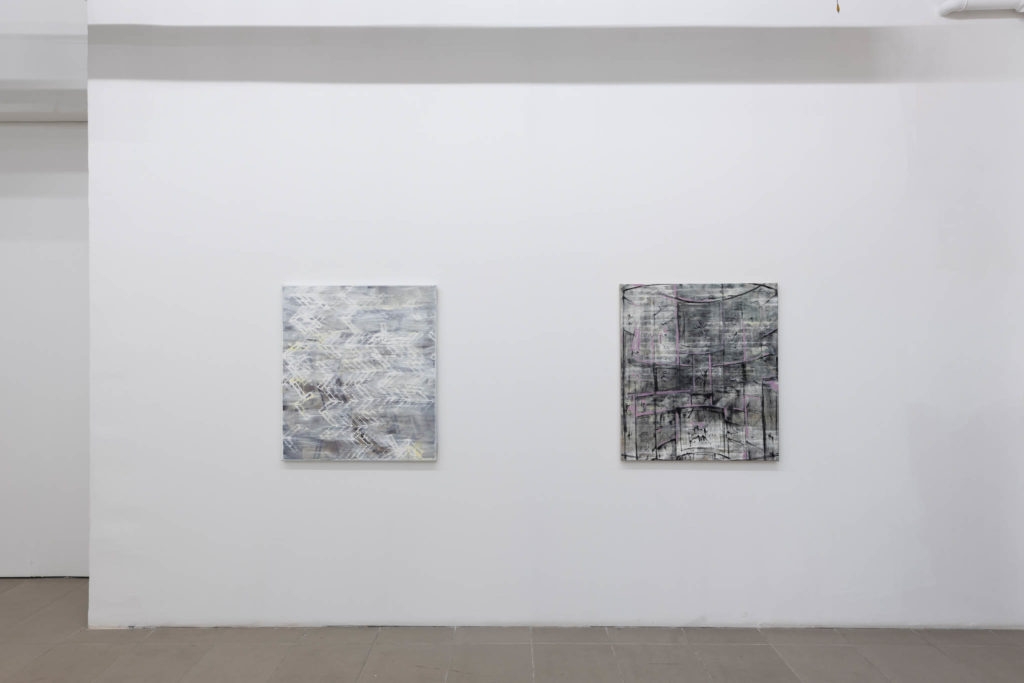
I Still Paint (Recent Works 2017 – 2019), installation view at The Gallery Apart (ground floor), photo by Giorgio Benni 
I Still Paint (Recent Works 2017 – 2019), installation view at The Gallery Apart (ground floor), photo by Giorgio Benni 
I Still Paint (Recent Works 2017 – 2019), installation view at The Gallery Apart (ground floor), photo by Giorgio Benni 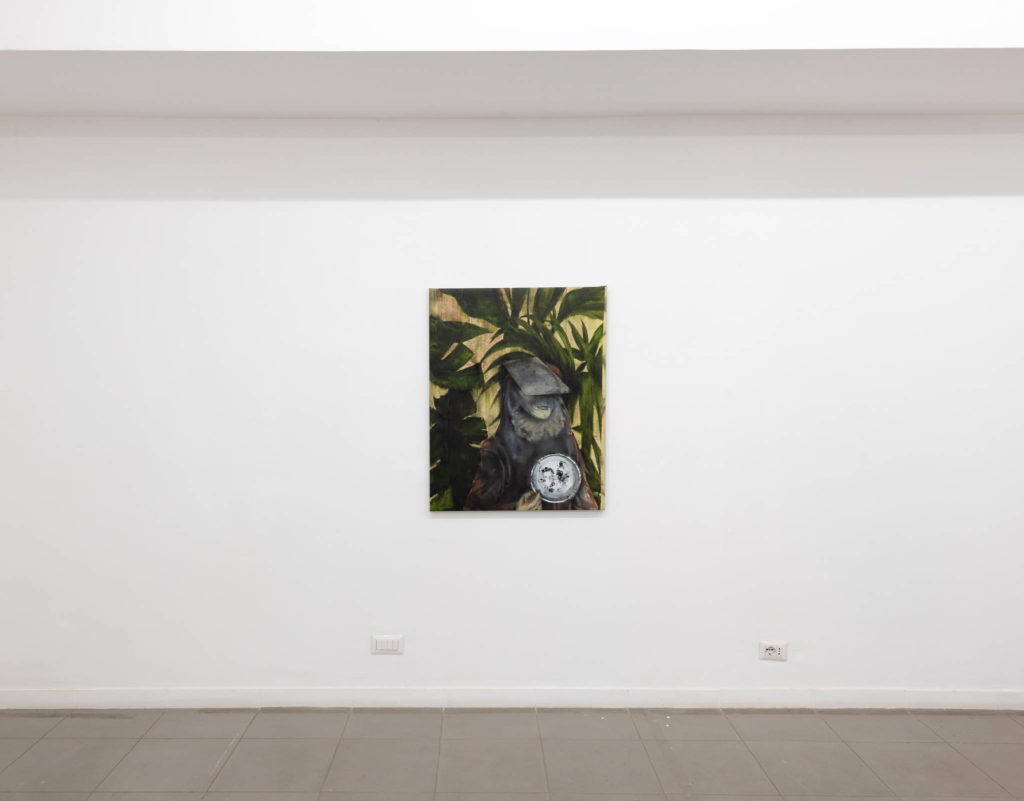
I Still Paint (Recent Works 2017 – 2019), installation view at The Gallery Apart (ground floor), photo by Giorgio Benni 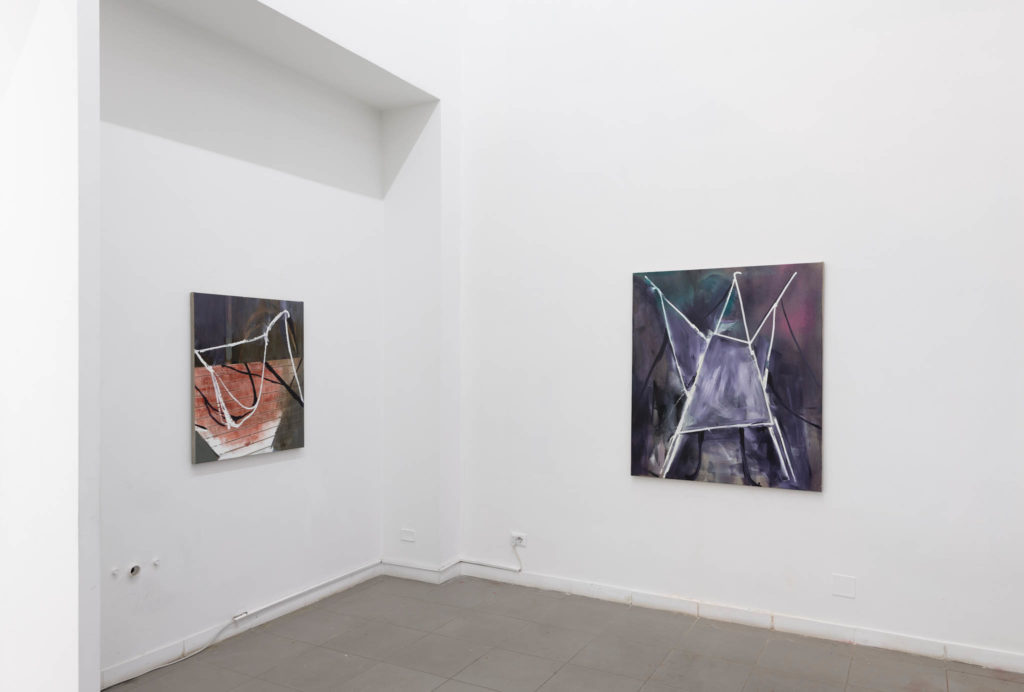
I Still Paint (Recent Works 2017 – 2019), installation view at The Gallery Apart (ground floor), photo by Giorgio Benni 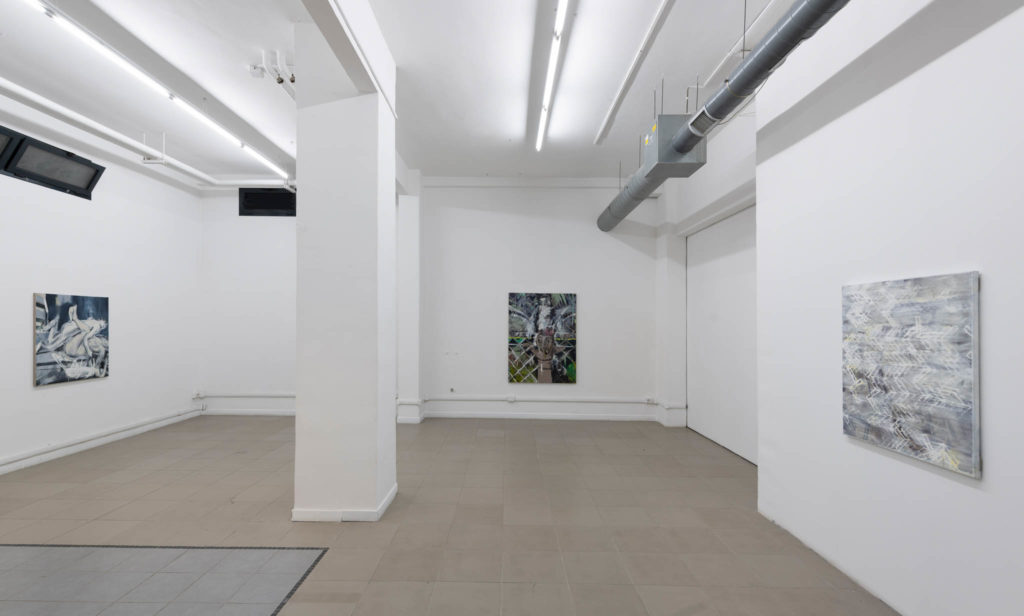
I Still Paint (Recent Works 2017 – 2019), installation view at The Gallery Apart (basement), photo by Giorgio Benni 
I Still Paint (Recent Works 2017 – 2019), installation view at The Gallery Apart (basement), photo by Giorgio Benni 
I Still Paint (Recent Works 2017 – 2019), installation view at The Gallery Apart (basement), photo by Giorgio Benni
Works
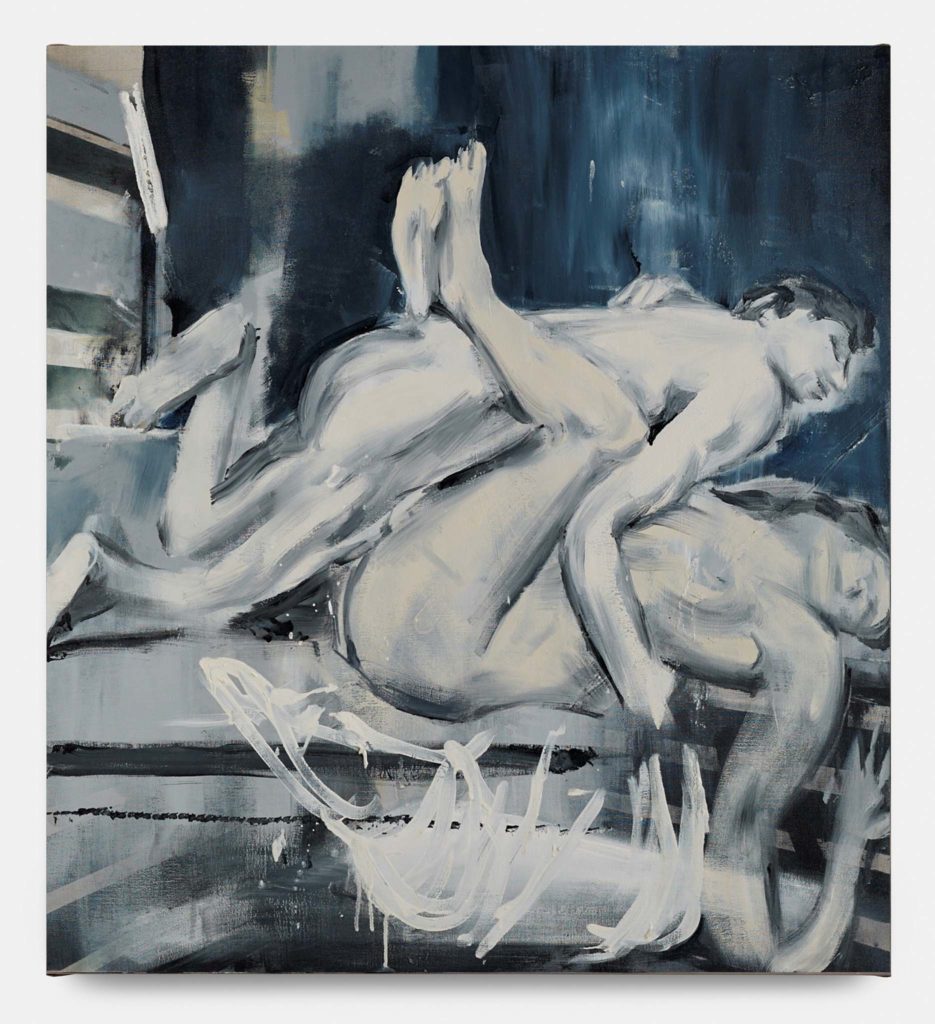
Swan, 2018, oil on canvas, cm 100×91 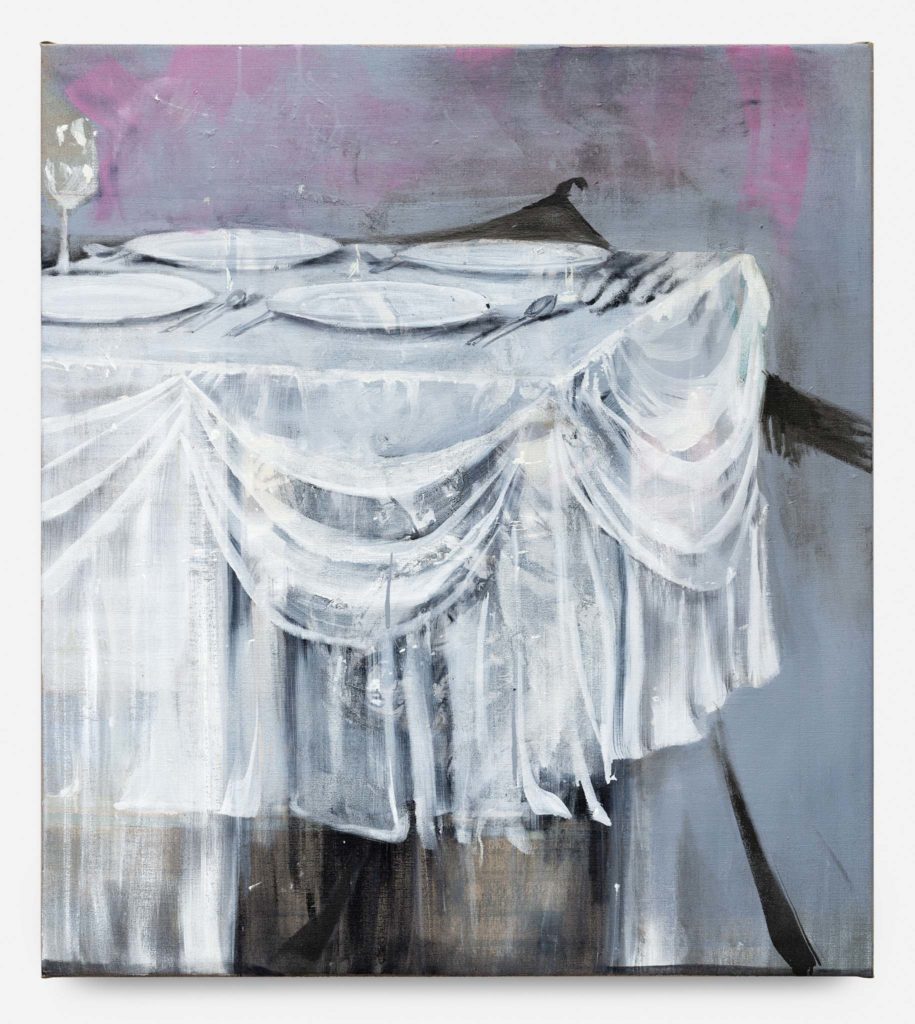
Phoenix (Banquit), 2018, oil canvas, cm 100×89 
Fabula (Lost and found), 2018, oil on canvas, cm 70×70 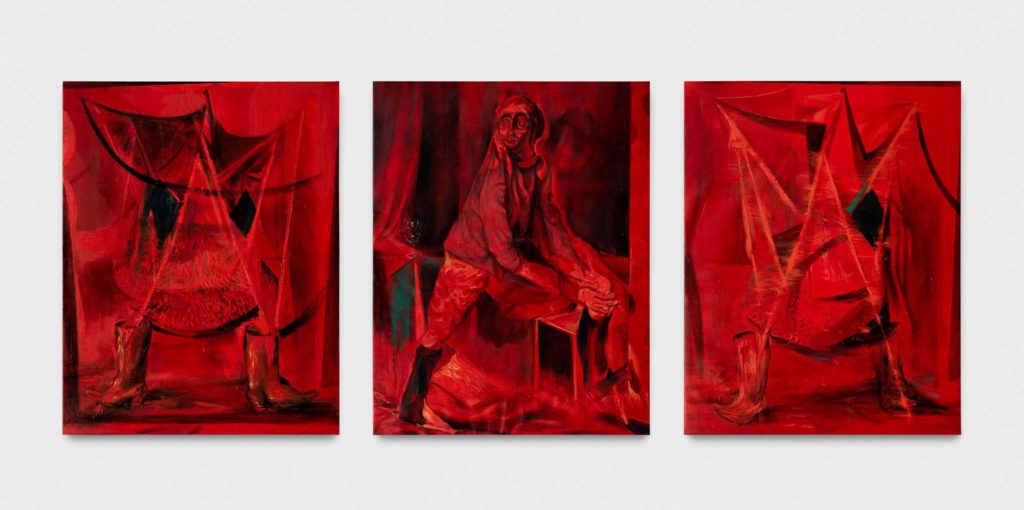
Opera Rubra (tripthyc), 2019, oil on canvas, cm 108,5×185 
Room of mischief, 2018, oil on canvas, cm 101×91,5 
Rodeo #02, 2017, oil on canvas, cm 96×76 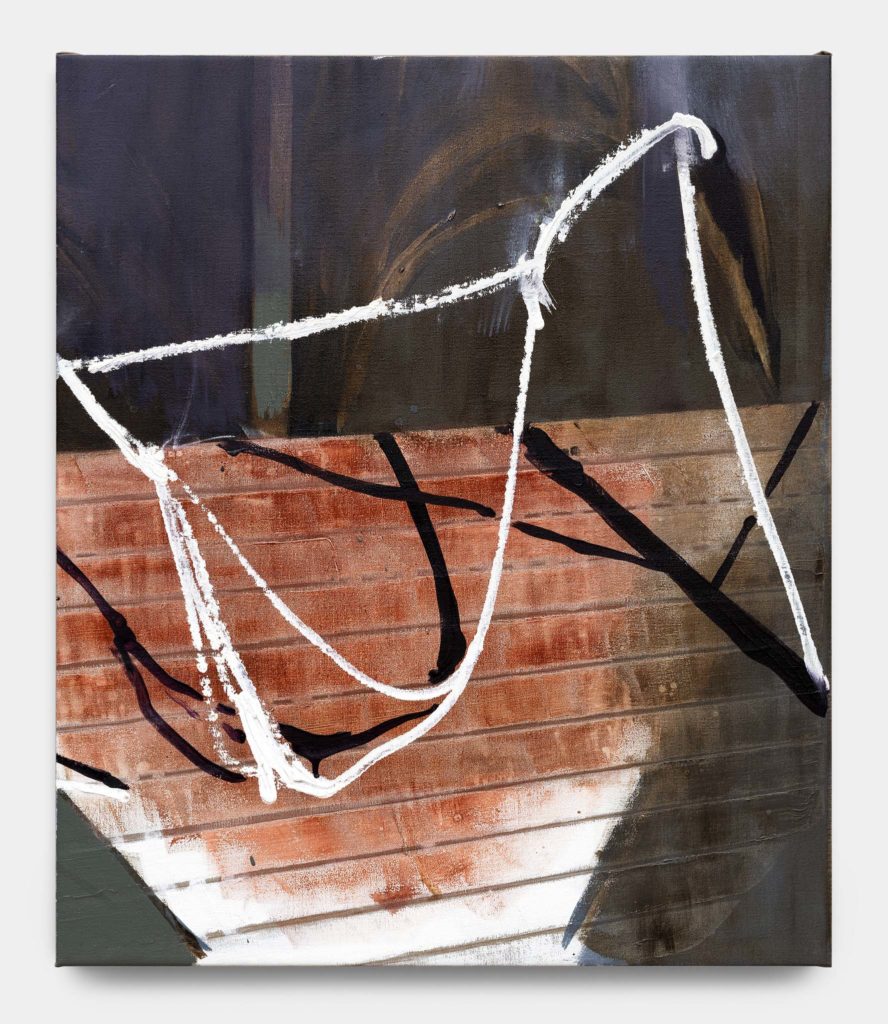
Phoenix, 2018, oil on canvas, cm 86×73 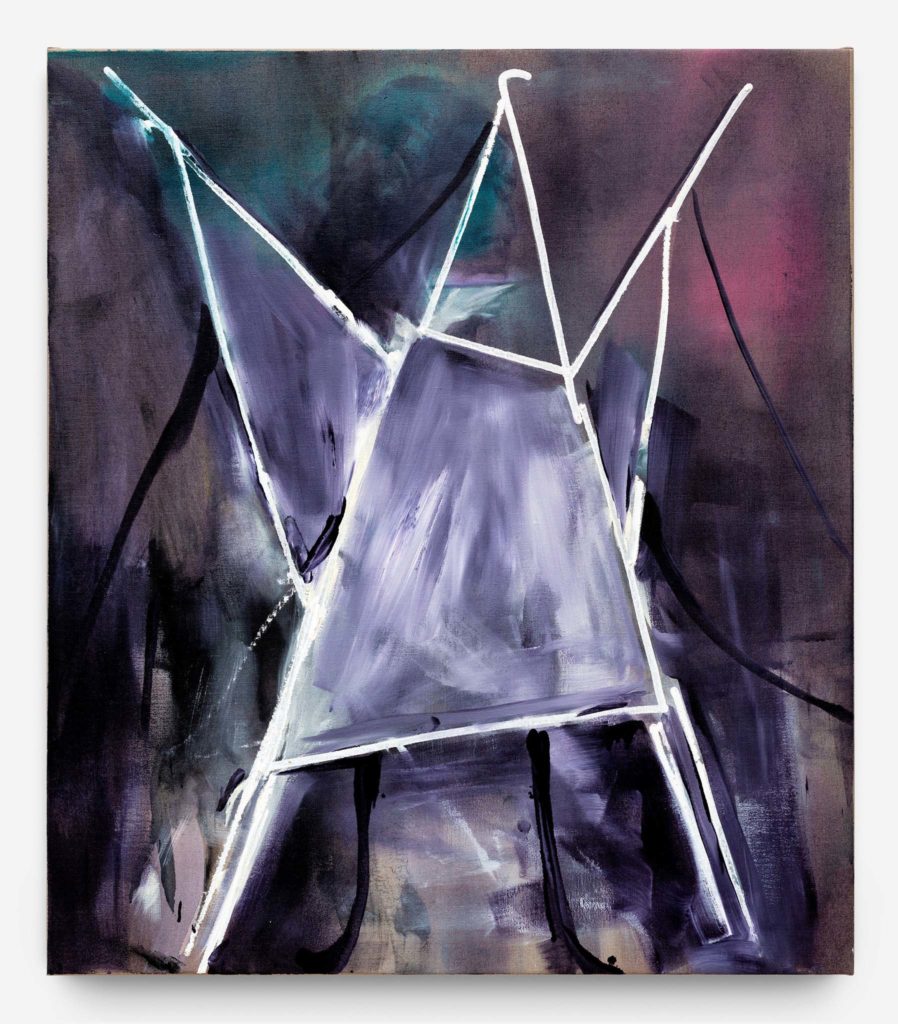
Phoenix, 2018, oil on canvas, cm 121×105,5 
Siparietto delle muse, 2019, olio su tela, cm 101×89 
Movimento (Spicatum), 2018, oil on canvas, cm 94×83 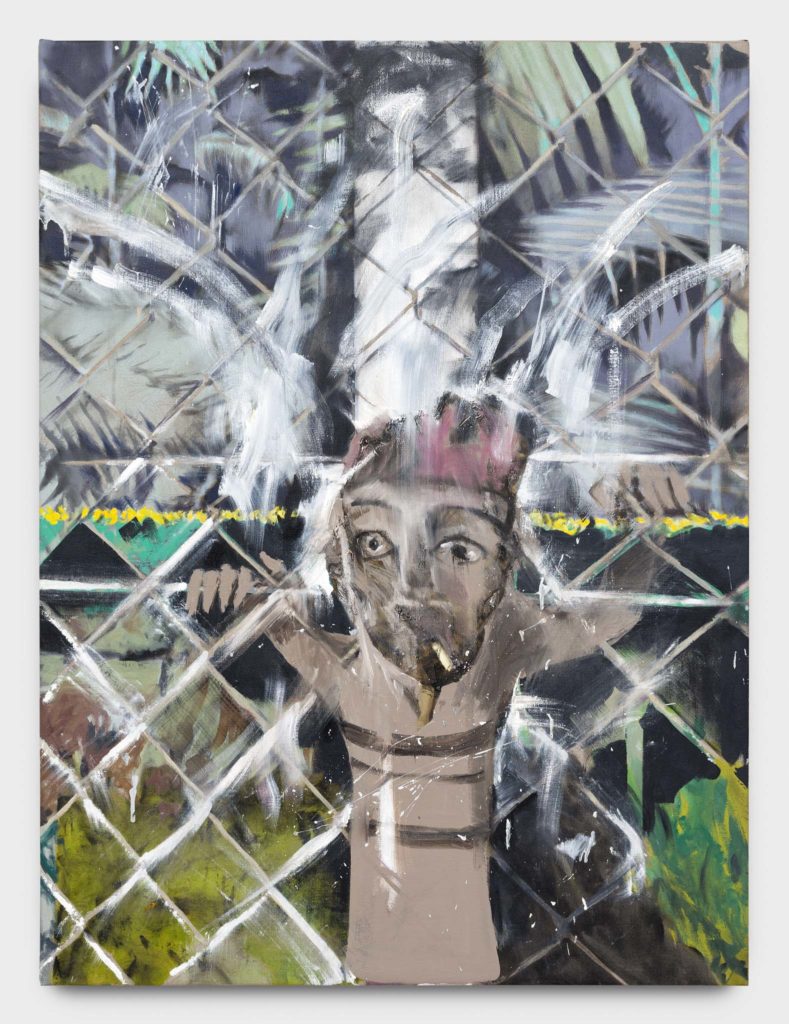
Prometeus, 2017, oil on canvas, cm 149×11
The Gallery Apart is proud to present I Still Paint, a significant selection of the latest works by Alessandro Scarabello. As is often the case in the human vicissitudes that affect the lives of artists, and particularly of painters, specific personal events bring big changes and considerable evolutions also in the artistic production. Thus, the relocation of Scarabello to Brussels, the discovery of an environmental and intellectual dimension that is highly compatible with the pictorial sensibility, the possibility of interpreting the interpersonal relationships, particularly with other artists, with a view to constructive collaboration, are all elements that have influenced the unfolding of everyday life in a way that they have found a happy and enthusiastic reflection in the work of the artist. From this came the choice of organizing this sixth solo show by Alessandro Scarabello, hosted at The Gallery Apart, as testimony and an interpretation of the evolution of the artist’s poetics and research during his recent years in Brussels.
In an age of revision of the painting practice, according to well-known cyclical trends from which one should keep a cautious distance, Scarabello chooses a title that is objectively ironic and subjectively poignant in order to highlight, on the one hand, that painting has a timeless and ever-changing function that makes it a medium with a strong adaptability to change and therefore intrinsically avant-garde; on the other hand, that his way of interpreting the medium is that of a daily dedication committed to finding new and different solutions; in other words, to Scarabello painting has always been and continues to be mainly research.
The works on display optimize the previous experimentation on the relationship between figuration and symbology, and between figuration and abstraction. By imposing progressive assignments of sovereignty on figuration, Scarabello does not want to do away with the figure per se, rather he wants to commit himself, successfully and passionately, to the generating forces behind the images, to the mechanisms that govern the formation of the imagined image even before it is painted, to the automatisms that from who knows which interior meanders the power to produce irresistible associations of ideas.
Thus, Scarabello expands the spectrum of his research, no longer only the human body and its infinite metamorphosis, but now also simple objects that the artist observes struck by their potential of morphing into something else and of containing in nuce different shapes. The artist becomes the medium of these transformations, eager to discover hidden meanings. Thus, a clothes line becomes a winged shape that evokes the Phoenix, or the metal corner joints used to build frames are assembled and used as moulds to investigate the concept of movement drawing inspiration from the pattern of the ancient Roman opus.
Within his personal archive of daily intimacy, Scarabello has developed a passion for sensorial, experiential, symbolic and mythological elements that contribute to the formation of an image, thus in the end living and experiencing it with great emotional intensity even before it is even painted.
The Gallery Apart è orgogliosa di presentare I Still Paint, una significativa selezione della produzione dell’ultimo periodo di lavoro di Alessandro Scarabello. Come sempre accade nelle vicende umane che segnano la vita degli artisti, e dei pittori in particolare, alcuni specifici accadimenti di forte portata personale finiscono per materializzare grandi cambiamenti e importanti evoluzioni anche nella produzione artistica. Da questo punto di vista, il trasferimento di Scarabello in Belgio, la scoperta di una dimensione ambientale e intellettuale fortemente compatibile con la sensibilità pittorica, la possibilità di interpretare i rapporti interpersonali, soprattutto con altri artisti, in un’ottica di proficua condivisione, sono tutti elementi che hanno influito sul dipanarsi della quotidiana esistenza in un modo che ha trovato felice ed entusiasta riscontro nel lavoro dell’artista. Da qui la scelta di impostare questa sesta personale che The Gallery Apart dedica ad Alessandro Scarabello come una testimonianza e uno strumento di lettura dell’evoluzione che la poetica e la ricerca dell’artista hanno conosciuto in questi anni di residenza a Bruxelles.
In epoca di rivalutazione della pittura, secondo andamenti ciclici ben noti da cui è bene mantenersi distanti e guardinghi, Scarabello sceglie un titolo oggettivamente ironico e soggettivamente pungente per sottolineare da una parte che la pittura ha una funzione senza tempo e in continua trasformazione che la rende un medium dalle forti caratteristiche di adattabilità ai mutamenti e pertanto intrinsecamente avanguardistico, dall’altra che il suo modo di interpretare il mezzo è quello di una quotidiana dedizione finalizzata a soluzioni nuove e diverse; in una parola per Scarabello la pittura è da sempre e continua ad essere soprattutto ricerca.
Le opere in mostra ottimizzano la precedente sperimentazione sul fronte del rapporto tra figurazione e simbologia e tra figurazione e astrazione. Imponendo alla figurazione progressive cessioni di sovranità, Scarabello non intende liberarsi della figura in sé quanto dedicarsi proficuamente ed appassionatamente alle forze generatrici delle immagini, ai meccanismi che presiedono alla formazione dell’immagine immaginata prima ancora di quella dipinta, agli automatismi che traggono da chissà quali meandri interiori la potenza per produrre irresistibili associazioni di idee.
Ecco allora che Scarabello amplia lo spettro delle sue ricerche, non più solo il corpo umano e le sue infinite metamorfosi, ma ora anche semplici oggetti che l’artista osserva colpito dalla loro potenzialità di tramutarsi in altro e di contenere in nuce forme diverse. L’artista si rende strumento di tali trasformazioni, colto dall’ansia di scoprire significati nascosti. Così uno stendino diviene una forma alata che richiama la Fenice oppure gli angolari metallici per la costruzione dei telai vengono assemblati e utilizzati come stampi per indagare il movimento ispirandosi al pattern dell’opus romano.
Nell’ambito di un suo personalissimo archivio di quotidiana intimità Scarabello si appassiona a identificare e quindi a indagare gli elementi sensoriali, esperienziali, simbolici e mitologici che contribuiscono alla formazione di un’immagine, finendo così per viverla con grande intensità emotiva ancor prima di dipingerla.
share on